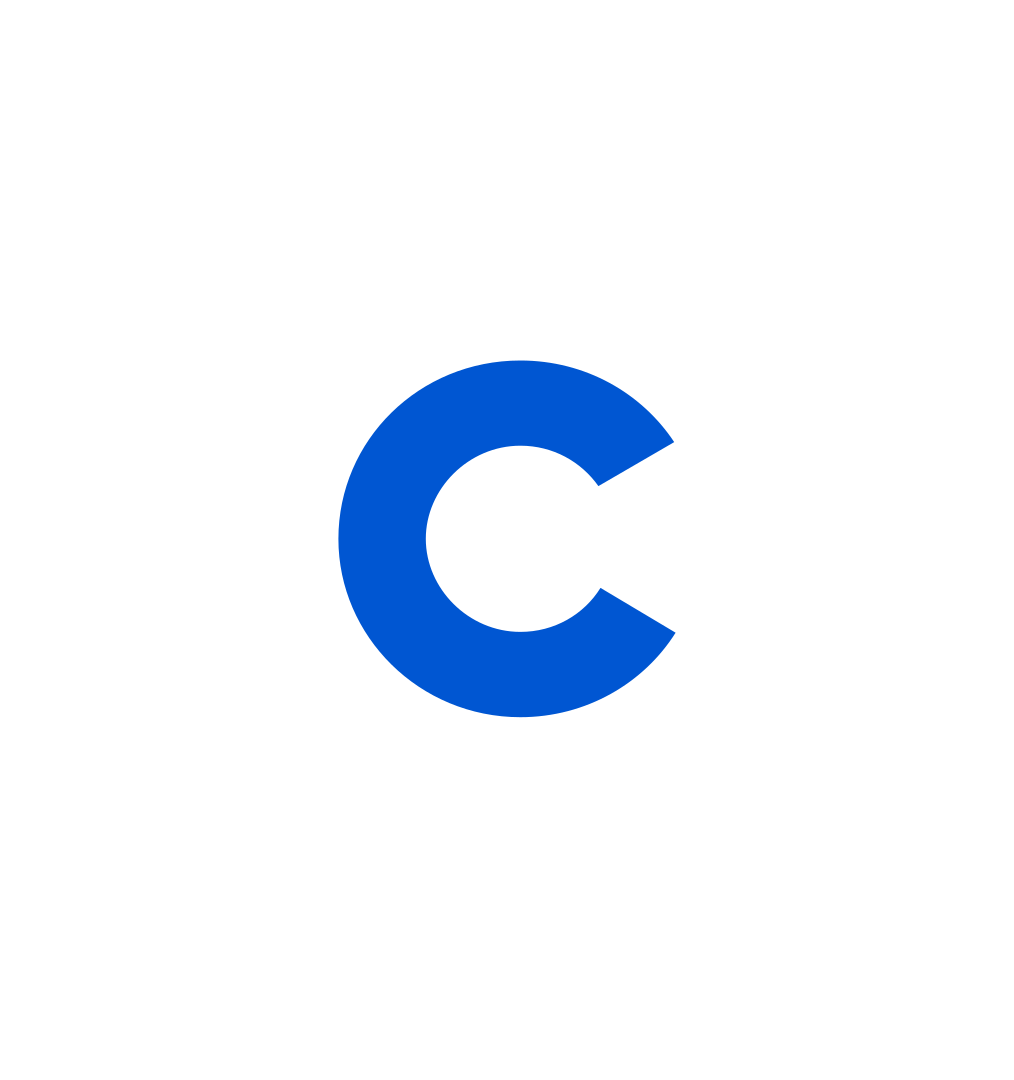What Is a Patch Panel?
Learn how a patch panel can help you organise and manage cables.
![[Featured image] A learner is researching different patch panels.](https://d3njjcbhbojbot.cloudfront.net/api/utilities/v1/imageproxy/https://images.ctfassets.net/wp1lcwdav1p1/3ETOq3Yay6RiRLCNSWlXou/73300cbfd2ab5e00c7f3135f89bd31fb/XRtJanJ4__1_.jpeg?w=1500&h=680&q=60&fit=fill&f=faces&fm=jpg&fl=progressive&auto=format%2Ccompress&dpr=1&w=1000)
A patch panel is a piece of networking hardware that contains multiple ports to connect different Ethernet cables. Patch panels allow you to label individual ports and organise your cables in a central location, making them easier to manage. Patch panels also simplify the process of separating your different networks and troubleshooting problems when needed.
The wires at each port on the patch panel lead to a different location in your home or office, making it easier to connect a number of devices without worrying about the wires becoming tangled. If you are an IT technician, you may consider utilising a patch panel to organise your company’s technological equipment and improve the corporate network. The patch panel will reroute signals from various devices, making it a central location where you can assess and troubleshoot if any problems occur.
Types of patch panels
Three common types of patch panels are coaxial, fibre-optic, and twisted-pair copper. The following list offers more details about each:
Coaxial patch panels: These are commonly used with audio or visual installations like televisions. They can also work with fibre-optic and twisted-pair copper panels to connect computers to other types of equipment.
Fibre-optic panels: These patch panels focus on data and image transmission by passing light through thin fibres. A fibre-optic patch panel is best for supporting different optical fibre connections.
Twisted-pair copper patch panels: These accommodate specific Ethernet specialisations and use copper wiring to enable connections and a larger bandwidth to hold more devices.
Once you have installed a patch panel, you can attach new cords and devices. This is a more cost-effective solution for companies relying heavily on technological equipment.
TIP: As an IT technician, you will install and maintain the patch panel. Using colour-coded cables and zip ties and labelling the cords on the different ports can help you organise the patch panel and make cables easier to locate.

Related terms
IT project manager
InfoSec
Firewall
Programming languages
Network administrator
Penetration tester
Get started in IT support.
Patch panels are essential for managing ports and cables. Depending on the application, you can choose from coaxial, fibre-optic, and twisted-pair copper patch panels to best suit your information technology (IT) needs.
If you’re considering starting an IT career, consider the Google IT Support Professional Certificate on Coursera to deepen your knowledge and develop your skill set. This course is designed for beginners to gain in-demand skills for their first entry-level IT job. Some topics covered include technical support fundamentals, operating systems, and IT security. Upon completion, gain exclusive access to career resources like CV review, interview prep, and more.
Keep reading

Coursera Staff
Editorial Team
Coursera’s editorial team is comprised of highly experienced professional editors, writers, and fact...
This content has been made available for informational purposes only. Learners are advised to conduct additional research to ensure that courses and other credentials pursued meet their personal, professional, and financial goals.